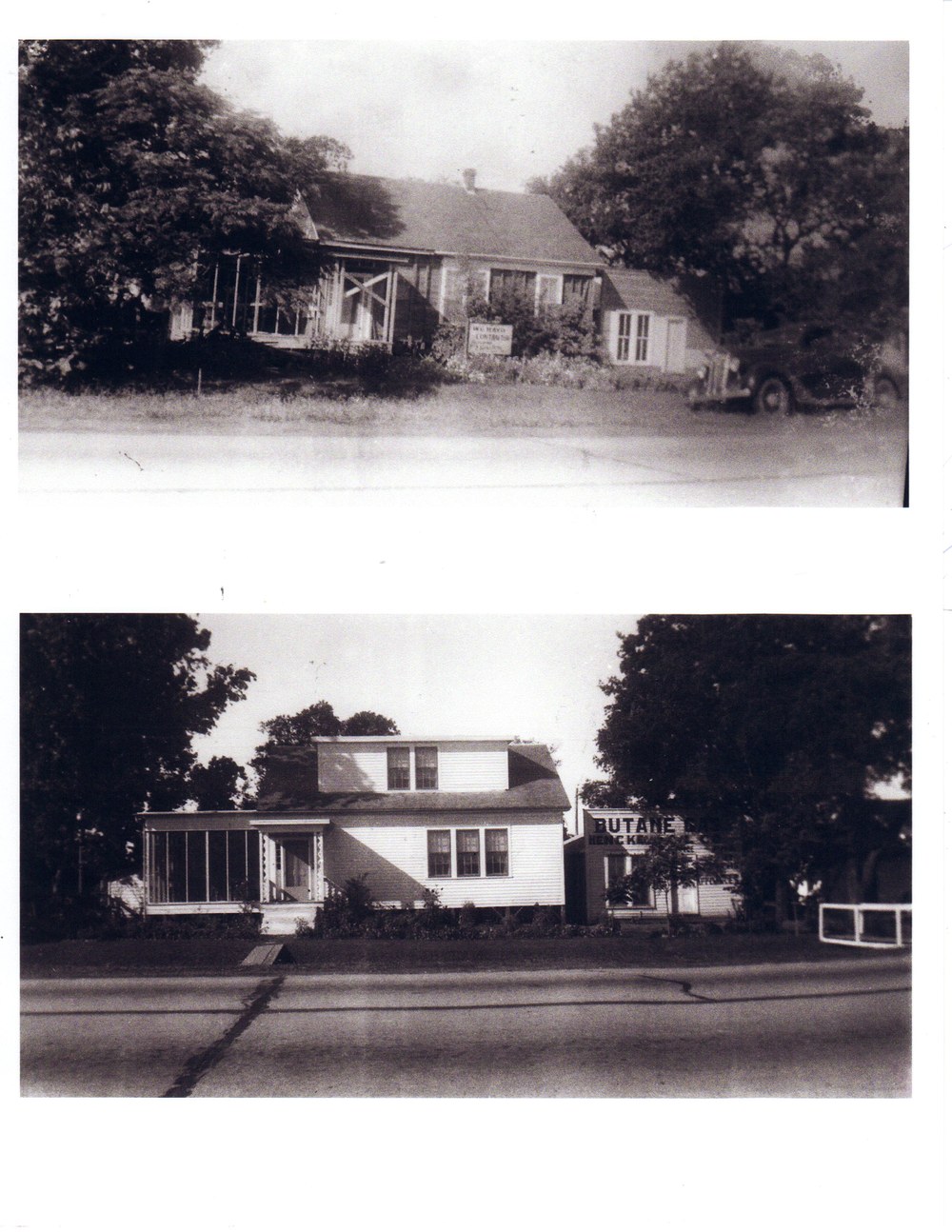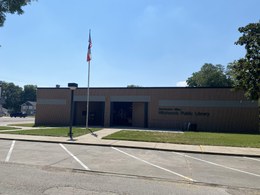Hitchcock History
History is by Lawrence Henckel

HITCHCOCK HISTORY
Lawrence Henckel: The area around Hitchcock was settled first around the 1860's. Some of the early settlers were French as the Tacquards, Bouthery, Renaud, Duroux, Beguion, Perthuis, and many others.
These people settle mostly along the bayou and other waterways as that was then the only means of transportation outside of horse and wagon.
Later, in the 1870's and 1880's, others settled here and were German and Italian families.
My father, the late George Henckel, came from Germany with only his father in 1882. They landed in Galveston and worked on the railroad at Cameron, Texas, as this was the end of the Santa Fe track going North. Two years later, his mother and the balance of the family arrived in America. George Henckel moved to this area in 1886 to farm where the Colored School now stands. He was eighteen years old.
Strawberries and green vegetables were the principal crops. There being very little market locally, a Farmers Co-op was formed to ship the vegetables to Northern markets. George Henckel was Secretary-Treasurer of the Organization. Joe Terrasso was one of the first farmers in this area. After a few years, George Henckel went into the wholesale produce business and bought the crops from the farmers and shipped on his own.
From the early 1900's, Hitchcock prospered in this line with eight produce shipping businesses and as many as five to six express cars were shipped daily.
During the 1890's, this country was opened up to people from the North. Much land was sold to them and they were told to plant orange and pear trees and to come back in a few years to harvest their crops. On returning, all they found was the orchards grown up in weeds and dead trees. Many left and never returned.
The original railroad station was about two miles east of the present one and was named "Fairwood". The entire area from the Bay to Fairwood was laid off in town lots and subdivisions and are still on real estate records as such.
In the early 1890's, L.M. Hitchcock was a prominent surveyor and many outlots still carry this name. After his death, his wife offered the Santa Fe Railway a plot for a townsite if they would build a depot here and name it "Hitchcock", which they did. The townsite consisted of two rows of lots on the North and South side of the railroad from FM 519 to "Cow Gulley". These lots were sold at auction in one day and that is how Hitchcock was named.
From 1910 to 1926, the vegetable business was very good and everybody had money. In 1927, the plant lice got into the crops and were destroying as fast as they grew. Therefore, the produce shipping folded. Then the 1929 to 1940 Depression: Nobody had money. In 1933, the Pan American Refinery opened in Texas City and some of the younger men were able to obtain employment there. In 1940, (November), the Army announced the building of Camp Wallace, and Hitchcock was on the "boom" again. There were eight cafes, a shooting gallery, pool halls, and many people drifting in looking for work. This lasted until about 1945 when it ceased.
The Naval Air Station (or Blimp Base) was built in 1943. and was under the Navy with blimps flying all around.
In 1945, the people of Hitchcock voted a water and sewer district but until 1950, they were unable to get it in operation. When the Blimp Base was sold, the Water District purchased the disposal plant, water well and tower, and all water and sewer lines at the Blimp Base, with approximately 30 acres land for $25,000.00, and leased the Santa Fe water well and tank to get started.
After the acquisition of water and sewer in town, people subdivided their land and built new homes such as Garden Terrace, Bayou Terrace, Greenwood, Temple Courts, Wood Acres, and the Tacquard Addition west of the town, and some in other sections.
Hitchcock now has many fine churches: a fine school system, many businesses, and is growing. The 1960 population was 5,218 and it is now approximately 6,500 people. The town was incorporated about four years ago, and now the town has its own city government. Lets all help to make Hitchcock grow and prosper so that our children and grand children will have a better place to live!
